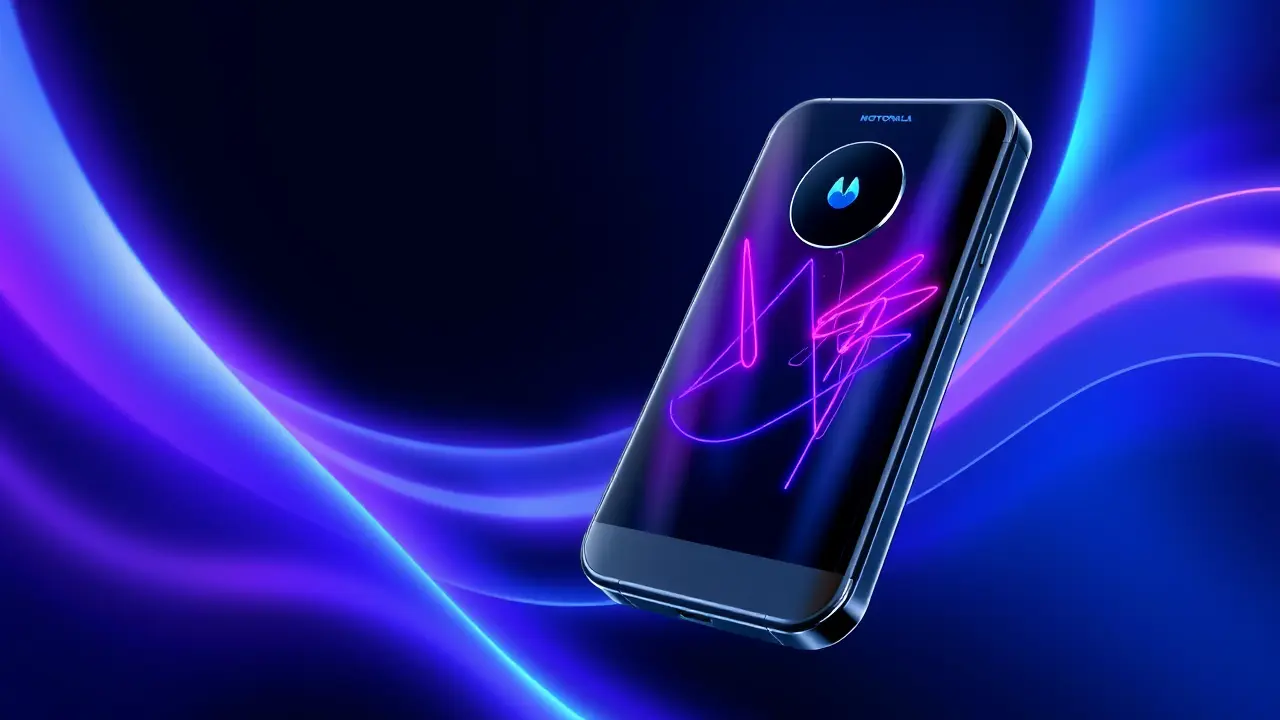Our Favorite Motorola Smartphone Is $100 Off
The news that our favorite Motorola smartphone is $100 off landed not with the blaring fanfare of a corporate announcement, but with the quiet, satisfying click of a well-engineered hinge, a signal that in the chaotic bazaar of modern tech, a moment of genuine value had just appeared. This isn't just another post-Prime Day discount to be scrolled past; it’s a fascinating case study in the lifecycle of an innovative product, a device that dared to be different in a market saturated with identical black rectangles.The Motorola Razr Ultra, with its distinctive clamshell design and its external screen that’s practically a second phone, always felt like a bold gamble, a throwback that was simultaneously a leap forward. To understand why this $100 price cut is so significant, you have to look beyond the spec sheet and into the psychology of the consumer tech space.We live in an era defined by incremental updates—a slightly faster processor here, a marginally better camera sensor there—where the term 'innovation' has been hollowed out by marketing departments. The Razr Ultra, however, represented a tangible departure, a piece of hardware that physically transformed in your hand, evoking a potent sense of nostalgia for the RAZR's early-2000s dominance while solving a very modern problem: screen fatigue and the desire for a more compact, pocketable device without sacrificing functionality.This discount, arriving after the initial hype cycle has cooled, speaks to the challenging economics of pioneering form factors. The research and development for a folding screen and a durable hinge mechanism are astronomical compared to slapping new components into an existing chassis, and that premium is initially passed onto the early adopters, the tech enthusiasts for whom novelty is a currency in itself.But for the mainstream market, that barrier to entry is often too high. This price reduction is a strategic move to capture that next wave of consumers—the curious, the pragmatic, those who admired the Razr Ultra from afar but were waiting for a more palatable price point.It’s a classic pattern seen across industries, from the first flat-screen televisions to early electric vehicles; the pioneers pay a premium to fund the R&D that eventually brings the technology to the masses. What makes the Razr Ultra particularly compelling at this new price is how it stands against its competitors, namely Samsung’s Galaxy Z Flip series.For months, the debate has raged in tech forums and review columns: which foldable offers the better experience? The Razr Ultra’s killer feature has always been its expansive external display, allowing you to respond to messages, watch videos, and use full apps without ever unfolding the device. This isn't a mere notification panel; it's a fundamental rethinking of the user interface for a foldable world.Meanwhile, Samsung has focused on refining the internal experience and building a robust ecosystem. This price cut effectively changes the calculus of that comparison, potentially making the Razr Ultra the undeniable value leader in the category.It forces us to ask a broader question: in the race for market share, is it more effective to be the technological leader or the price disruptor? Historically, the answer is rarely straightforward. Apple, for instance, has maintained a premium pricing strategy for decades, banking on ecosystem lock-in and perceived quality.In contrast, many Android manufacturers have competed on value and features. Motorola, with this move, seems to be attempting a hybrid approach—offering a genuinely innovative and premium product, but using strategic discounts to aggressively compete on value, a tactic that could put significant pressure on the entire foldable market and potentially accelerate adoption rates.The long-term consequences are intriguing to ponder. If this discounted Razr Ultra sees a significant sales surge, it could signal to other manufacturers that the foldable market is ripe for more aggressive pricing, which would ultimately benefit consumers and drive faster innovation as companies compete not just on features but on cost-efficiency in production.Conversely, if the response is tepid, it might suggest that consumer hesitation around foldables—concerns about durability, software optimization, and the fundamental need for the form factor—runs deeper than price alone can solve. Stepping back even further, the journey of the Razr Ultra mirrors larger economic trends.We are emerging from a period of inflated prices and supply chain constraints, and discounts of this magnitude on flagship-tier products indicate a market correction, a rebalancing of inventory, and a manufacturer's desire to clear the deck for what might be coming next. It’s a reminder that in technology, as in many aspects of life, timing is everything.The early adopter gets the bragging rights, but the patient consumer often gets the deal. So, this $100 off isn't merely a temporary promotion; it's a pivotal moment in the narrative of the modern smartphone, a signal that foldable technology is maturing, moving from a luxury for the few to a serious consideration for the many, and proving that sometimes, the most interesting stories in tech aren't about the launch of a new product, but about the moment it becomes accessible, a moment worth folding into your life.
It’s quiet here...Start the conversation by leaving the first comment.
© 2025 Outpoll Service LTD. All rights reserved.
